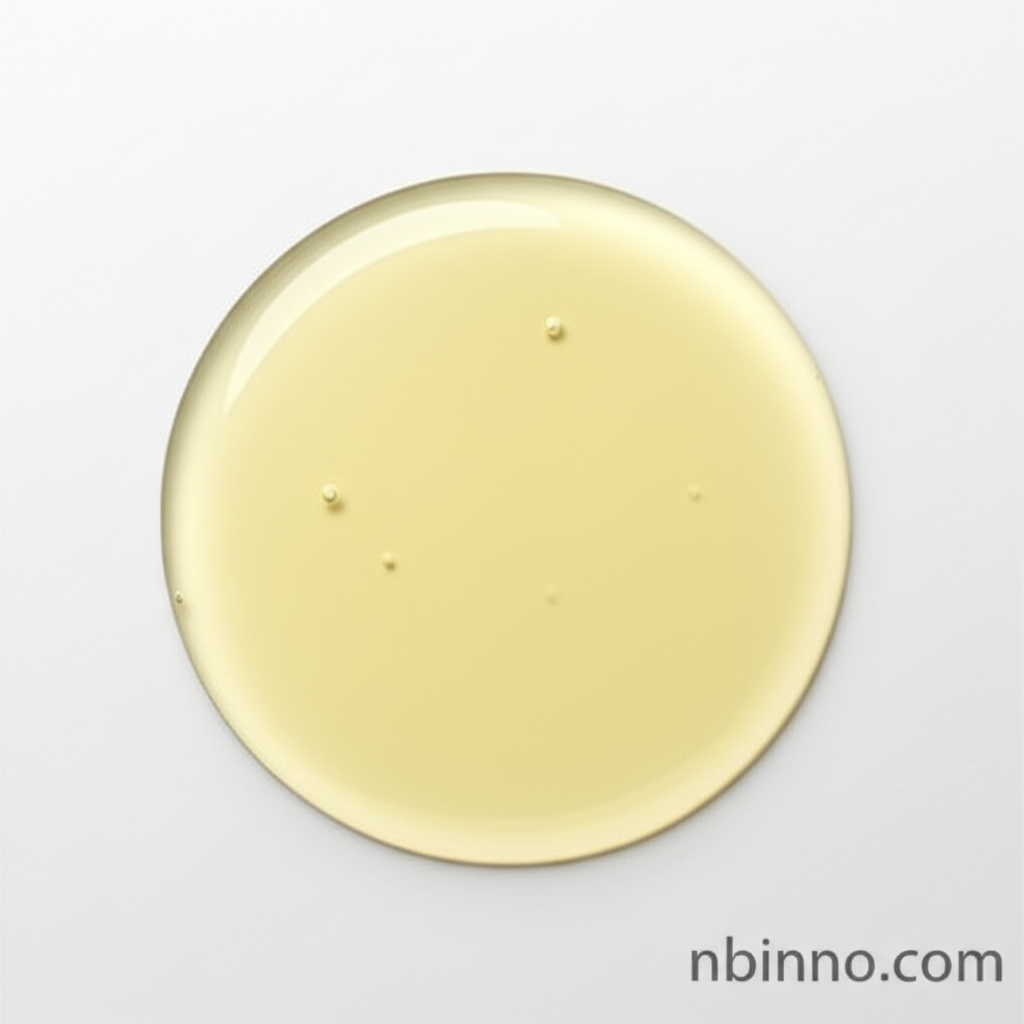Ethyl Laurate (CAS 106-33-2): Properties, Applications, and Sourcing Guide
Discover the versatile uses and essential properties of Ethyl laurate, a key aroma compound.
Get a Quote & SampleProduct Core Value

Ethyl Laurate
Ethyl laurate, also known as ethyl dodecanoate, is a valuable organic ester widely recognized for its distinctive scent profile and extensive industrial applications. Its complex aroma, often described as sweet, waxy, soapy, and rummy with a creamy floral nuance, makes it a sought-after ingredient in the flavor and fragrance industry. This compound plays a crucial role in creating appealing scents and tastes across a variety of consumer products.
- Understanding the ethyl laurate chemical properties is vital for formulators seeking optimal performance in their products. Its clear, colorless to pale yellow liquid appearance and solubility in organics like alcohol and oils facilitate its incorporation into diverse formulations.
- The ethyl laurate uses and synthesis are well-documented, showcasing its versatility from natural food flavor ingredient to potential chemical intermediate. Its preparation typically involves esterification between ethanol and laurate, or transesterification processes.
- Exploring the ethyl laurate natural occurrence reveals its presence in numerous fruits, beverages like wine, and even some dairy products, highlighting its natural appeal. This widespread natural presence contributes to its perceived safety and desirability in food and cosmetic applications.
- For businesses looking to source ethyl laurate CAS 106-33-2, understanding the supply chain and reliable manufacturers is paramount. The market offers various grades and purities to meet specific industrial demands, ensuring product quality and consistency.
Advantages of Using Ethyl Laurate
Aromatic Versatility
Leveraging the ethyl laurate chemical properties, formulators can achieve complex and appealing scent profiles. Its unique combination of sweet, waxy, and floral notes makes it adaptable for numerous fragrance and flavor applications, from fine perfumes to food flavorings.
Natural Integration
The ethyl laurate natural occurrence in various food items and beverages makes it an attractive ingredient for products aiming for a natural or nature-identical profile. Its use as a flavoring agent is well-established, enhancing the sensory experience of many consumables.
Chemical Synthesis and Supply
Familiarizing yourself with ethyl laurate uses and synthesis pathways ensures efficient production and sourcing. The compound is readily available from numerous chemical suppliers, facilitating consistent procurement for industrial needs.
Key Applications
Flavor Industry
As a key component in creating desirable tastes, ethyl laurate is utilized extensively in food and beverage products, including baked goods, confectionery, and alcoholic beverages, contributing its sweet and fruity notes.
Fragrance Industry
The compound's pleasant and complex aroma makes it a valuable ingredient in perfumes, cosmetics, soaps, and air fresheners, enhancing the overall olfactory experience and providing a lasting scent.
Chemical Synthesis
While primarily used for its sensory properties, ethyl laurate can also serve as a building block or intermediate in the synthesis of other complex organic chemicals, showcasing its broader chemical utility.
Research and Development
For those exploring ethyl laurate chemical properties or novel applications, the compound is accessible for laboratory research and development, supporting scientific advancement in chemistry and material science.
